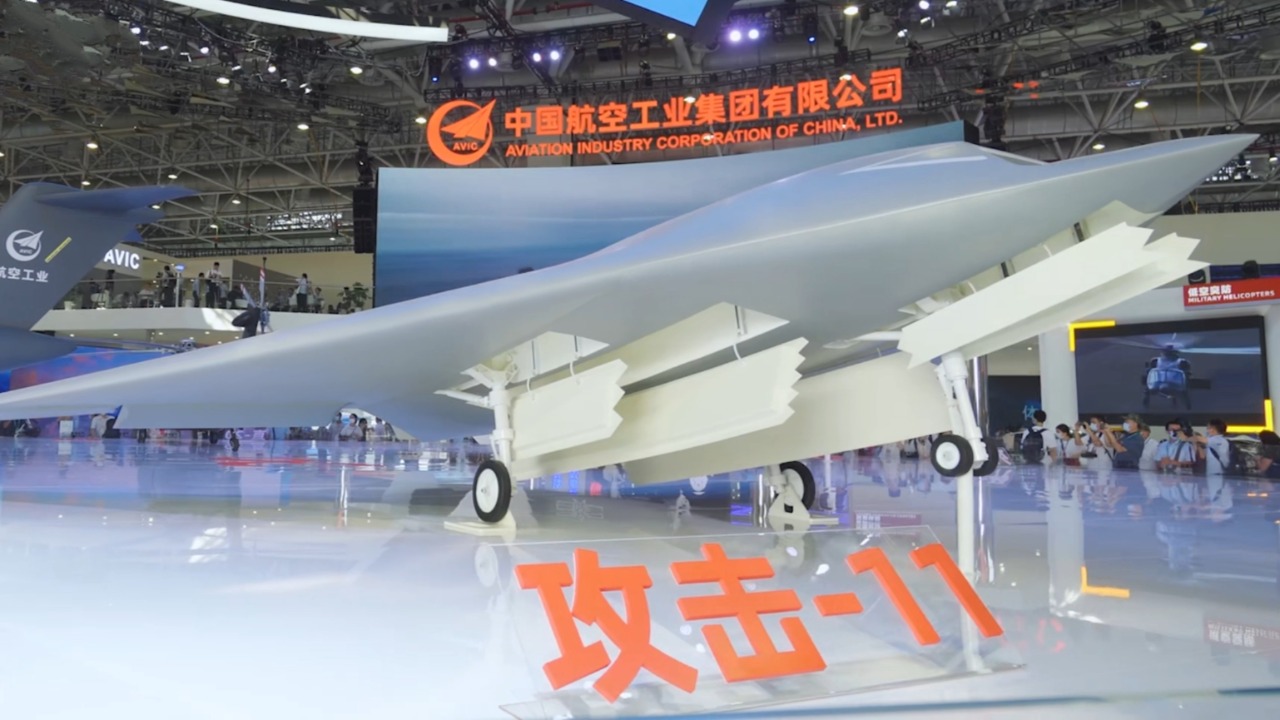
China’s GJ-11 stealth drone, a cutting-edge autonomous platform, may already be operational, marking a significant leap in Beijing’s advanced aerial warfare capabilities. This development raises critical questions about U.S. preparedness in the face of such technological advancements, especially as China shifts its warfare strategy towards rapid deployment capabilities and dominates the global drone industry.
China’s GJ-11 Stealth Drone Emerges
The GJ-11, with its autonomous stealth features, represents a significant milestone in China’s military technology. Sightings and expert analysis suggest that this drone is designed to penetrate defended airspace, indicating its potential operational status as of late 2025. The GJ-11 is a key component of China’s broader unmanned systems, playing a crucial role in swarm tactics and reducing pilot risk. This development aligns with China’s accelerated military tech investments post-2020, further solidifying its position in the global drone landscape.
Beijing’s Shift to Drone-Centric Warfare
China’s new warfare strategy, described as “loud, fast, autonomous — and already war-ready” on April 11, 2025, underscores a shift from traditional diplomacy to mass production and deployment of drones. This strategy is evident in Chinese drone exercises simulating high-intensity conflicts, particularly in the South China Sea. The strategic implications of this shift are significant, potentially escalating regional tensions, including those involving Taiwan and the Indo-Pacific.
Dominance in the Global Drone Market
As of July 25, 2025, China controls over 70% of commercial and military drone production chains, effectively owning the drone industry. This dominance is facilitated by supply chain advantages, including access to rare earth minerals and large-scale manufacturing capabilities that enable rapid prototyping. Furthermore, China’s export trends, such as sales to allied nations, bolster its global influence and underscore the need for America to reclaim leadership through domestic innovation.
America’s Vectis Drone as a Countermeasure
In response to China’s advancements, Lockheed unveiled its new Vectis Drone on September 22, 2025. This drone is poised to redefine air combat through advanced stealth and AI integration. Its capabilities include modular payloads and collaborative operations with manned fighters. However, delays in U.S. deployment compared to Chinese timelines raise concerns about America’s ability to keep pace with China’s rapid drone development.
Recent Chinese Stealth Jet Revelations
Adding to the growing list of China’s military advancements is the new Chinese stealth tactical jet that broke cover on August 5, 2025. This jet features blended-wing designs for low observability, setting it apart from existing platforms like the J-20. Intelligence assessments suggest that this jet could integrate with drone swarms for hybrid operations, further enhancing China’s aerial warfare capabilities.
Why the U.S. Trails in Autonomous Drones
Several factors contribute to the U.S. lagging behind China in autonomous drone development. Regulatory hurdles, including FAA restrictions and ethical debates on autonomy, slow American development. Additionally, U.S. defense spending often prioritizes legacy systems over next-gen unmanned tech. Industry calls for policy shifts to usurp China’s lead have been growing, highlighting the urgent need for America to adapt to the rapidly evolving drone landscape.
More from MorningOverview